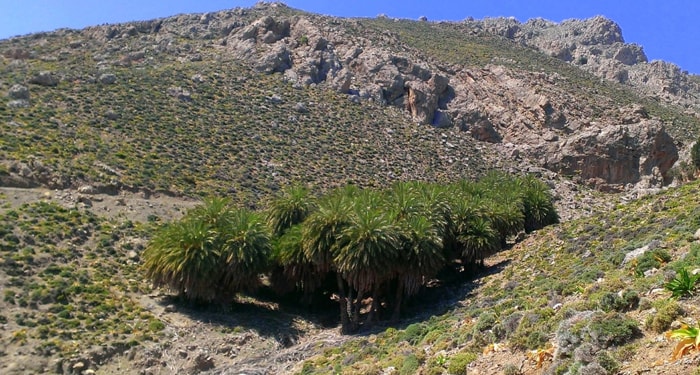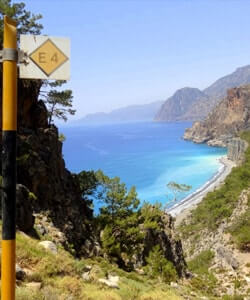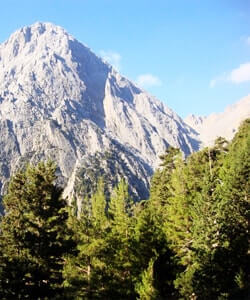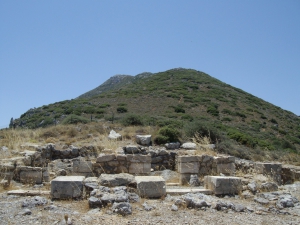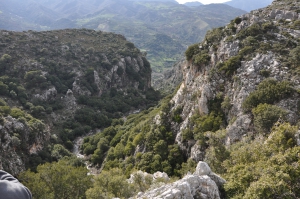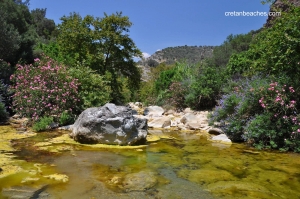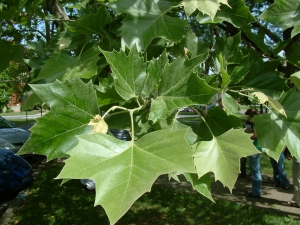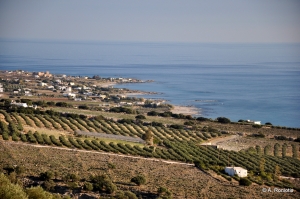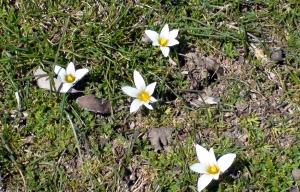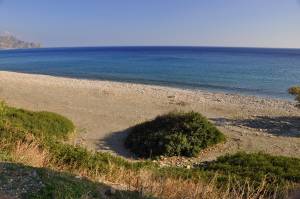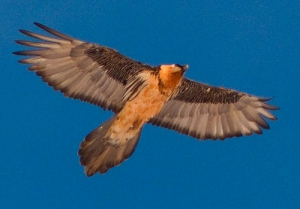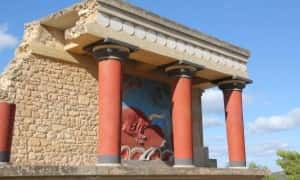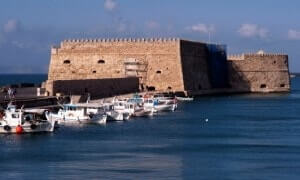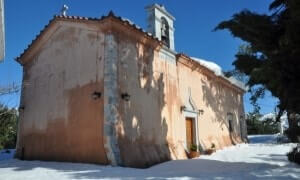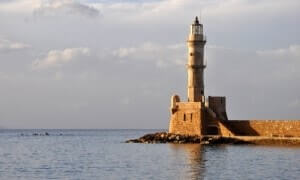At position Anemospilia, on the north slopes of Mount Jiouchtas, the archeologists G. and E. Sakellarakis located in 1979 a small sanctuary of Minoan Crete that surprised the global archaeological community. This small sanctuary offered the first indication of human sacrifices in Minoan Crete.
1.5km east of Spili, next to the main road connecting Spili to Agia Galini, you will meet the chapel of Agia Fotini, also known as Agia Fotia. Next to the road, you will find the springs of Agia Fotia, an old mill and a quite high waterfall (in winter).
The River Platis Potamos is one of the rivers of Crete with lot of water and dense vegetation. Indeed, along the banks there are several stone bridges with arches built by the inhabitants of the area to cross the river.
The plane tree can be met in every place of Greece (valleys, ravines, lakes, river banks and village squares). It also found almost everywhere in Crete and is one of the most typical plants of the Cretan flora. Perhaps no other tree, except the olive tree, is so closely associated with the daily life of the Cretans, as the plane tree because has been the spectator of all historical local events.
Vatalos is located 80km southeast of Chania, 1.5km west of Fragokastelo beach. Most of Fragokastelo hotels and rooms to let are located in the area of Vatalos, which is a flat area with fertile fileds and amazing views to the south slopes of White Mountains.
The Cretan tulip (Tulipa cretica) is the most prevalent type of tulip on Crete, which is endemic to Crete. It grows in areas with low vegetation, rocky slopes and plains, from sea level up to 2000m.
Keratides is located about 1km west of Paleochora harbor, 79km south of Chania city, just after the exit of Azogirianos river and the beach Halikia. It has coarse pebbles and stones and is preferred by those who seek peace and avoid crowds.
The Lammergeier, Lammergeyer or bearded vulture (scient. Gypaetus barbatus) is the rarest species of vulture out of the four that exist in Europe, which’s population has declined dramatically in Greece and it’s in imminent danger of extinction. During the last decades the species was widespread throughout Greece, but today is limited only to the island of Crete.





